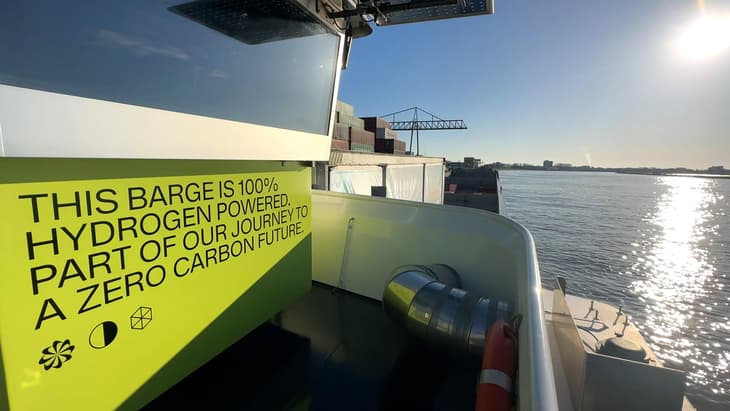When Future Proof Shipping (FPS) and global clothing company Nike launched their first hydrogen-powered inland container ship together in Rotterdam, the Netherlands, last year, heads in the industry turned to the potential of using hydrogen to decarbonise inland waterways.
Inland waterway transport is considered to be among one of the most carbon dioxide (CO2)-efficient transport modes per tonnes of goods carried, reported to use only 17% of the energy needed by road transport and 50% of rail transport1.
However, conventional waterway vessels contribute to CO2, nitrogen oxides (NOx), particulate matter (PM) and sulphur oxide (SOx) emissions. It’s estimated that an inland waterway vessel will emit 250 grams of CO2 per tonne-kilometre (g/tkm) of cargo transport.
... to continue reading you must be subscribed






